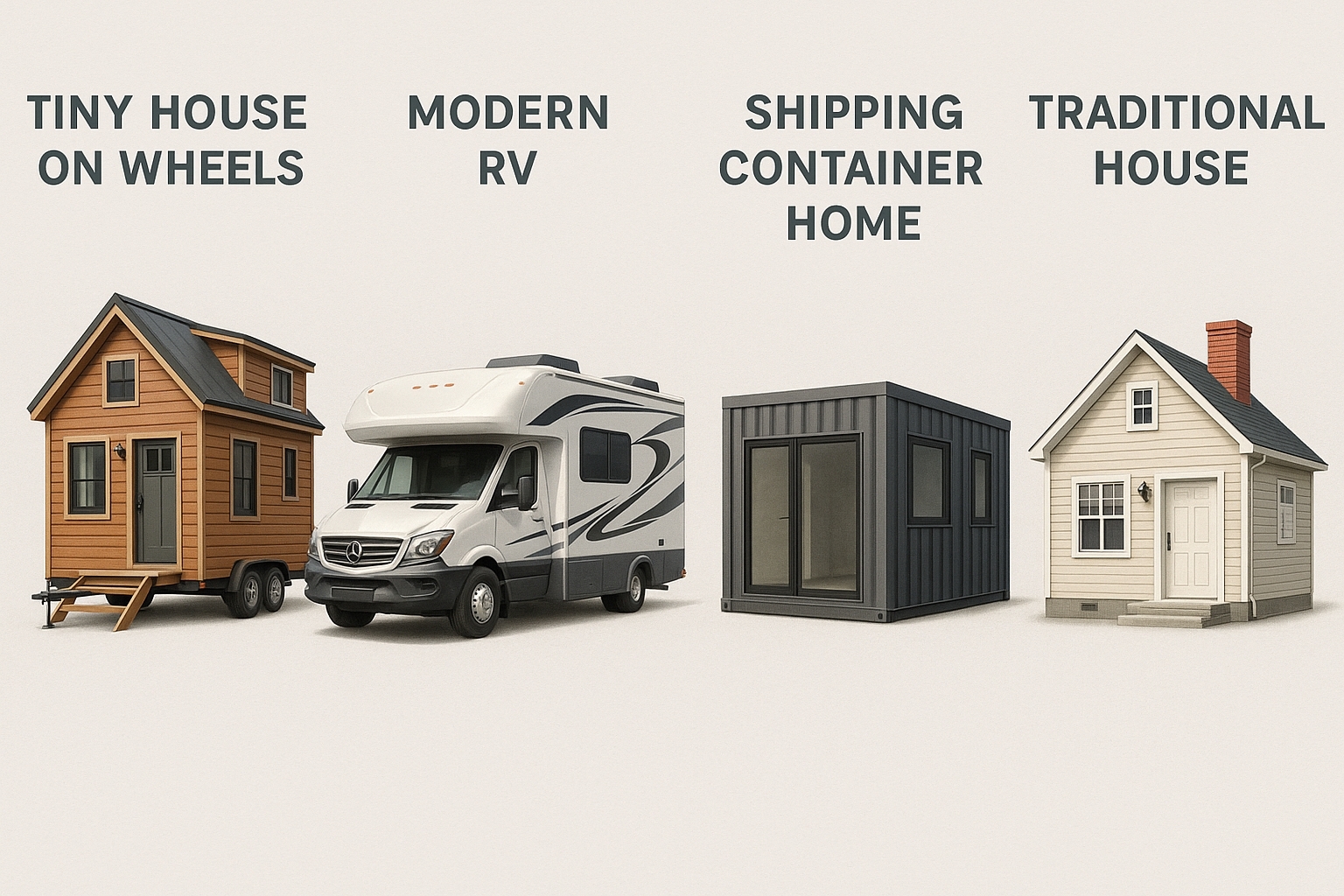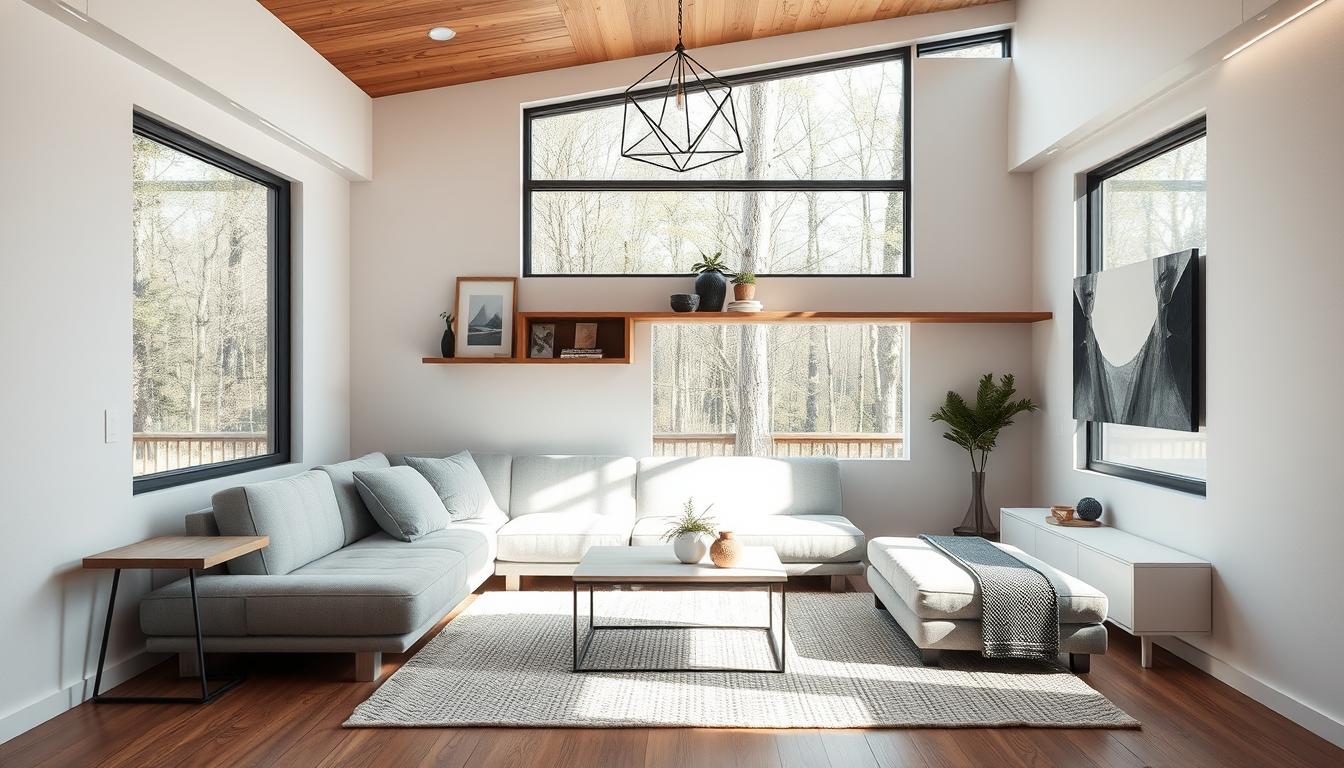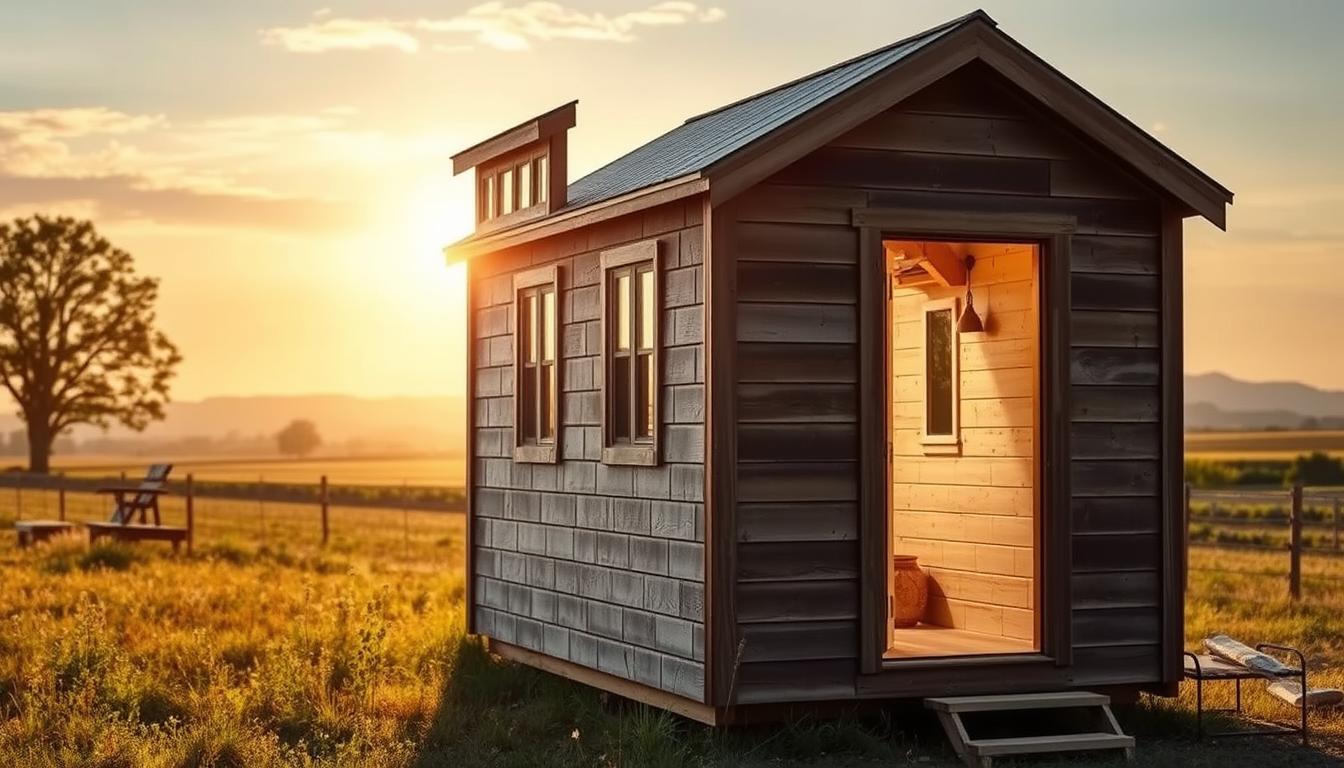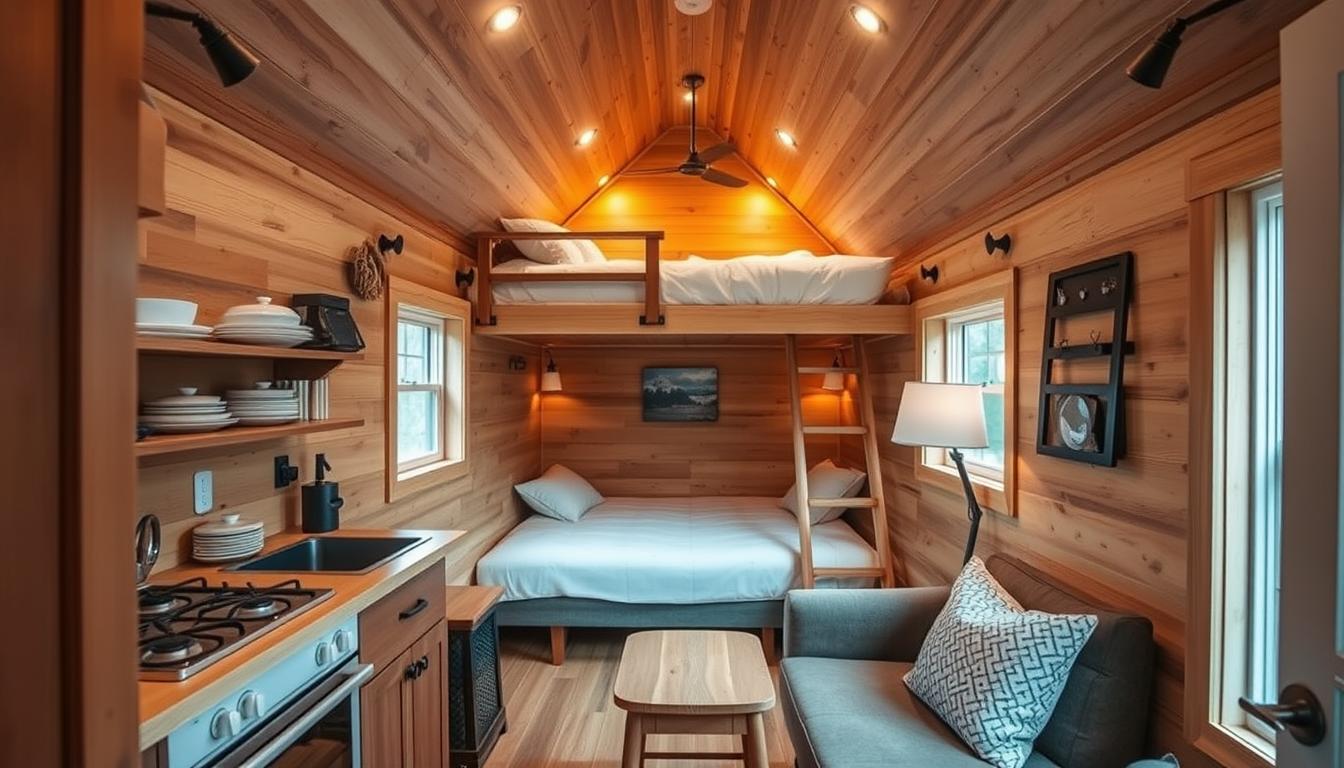Learn how to place a tiny house on land
- Research local zoning laws and regulations.
- Find suitable land with access to utilities and amenities.
- Obtain necessary permits and approvals for legal compliance.
How to put a tiny house on land is a question many individuals are asking as they seek a simpler, more sustainable lifestyle. In recent years, the allure of tiny house living has captured the imagination of many, offering financial benefits and a chance to reduce one’s environmental footprint. Placing a tiny house on land provides a unique opportunity to create a personalized, affordable dwelling that suits individual needs and preferences. Understanding the process of putting a tiny house on land is crucial for anyone considering this lifestyle choice.
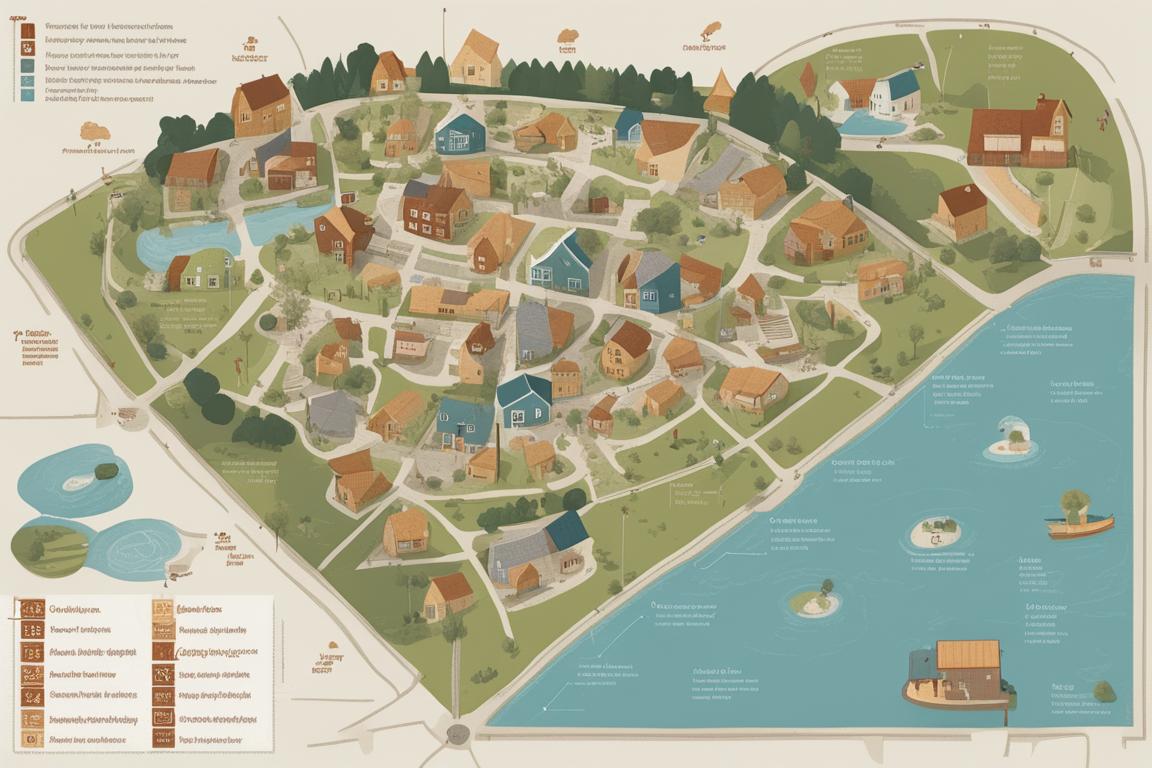
Research Zoning Laws
Before embarking on the journey of placing a tiny house on land, it is essential to conduct thorough research on local zoning laws and regulations. Zoning ordinances vary from one area to another and may dictate where and how a tiny house can be situated on a property. By familiarizing yourself with these regulations, you can avoid potential legal issues and ensure compliance with local requirements. Navigating zoning restrictions may involve seeking variances or special permits, depending on the specific regulations in your area.
Tips for Navigating Zoning Restrictions:
- Consult with local planning departments or zoning officials to understand the specific requirements for tiny house placement.
- Consider joining or forming a tiny house advocacy group to leverage collective knowledge and support in navigating zoning laws.
- Explore alternative placement options, such as tiny house communities or cooperative land agreements, to address zoning challenges effectively.

Find Suitable Land
Selecting the right piece of land for your tiny house is a crucial decision that can significantly impact your living experience. When searching for suitable land, consider factors such as accessibility, proximity to amenities, and the availability of utilities. Choosing a location that meets your needs and preferences will enhance the overall quality of life in your tiny house.
Factors to Consider When Selecting Land:
- Proximity to essential services like grocery stores, healthcare facilities, and schools.
- Soil type and drainage considerations for proper land preparation and foundation stability.
- Availability of utilities such as water, electricity, and sewage connections to support comfortable living conditions.
Obtain Permits
Before placing a tiny house on land, it is essential to obtain the necessary permits and approvals from local authorities. Failure to secure proper permits can lead to legal consequences and potential challenges in the future. By following the correct permitting process, you can ensure that your tiny house placement is compliant with regulations and safe for occupancy.
Consequences of Not Having Proper Permits:
- Risk of fines, citations, or legal action for non-compliance with zoning and building regulations.
- Potential difficulties in obtaining insurance coverage or financing for an unpermitted structure.
- Challenges in selling or transferring the property with an unauthorized tiny house on the land.
Real-Life Experience: Overcoming Zoning Challenges
Sarah’s Story
Sarah, a nature enthusiast, decided to place a tiny house on her family’s rural property to embrace a simpler lifestyle. Excited about the prospect of downsizing and living closer to nature, she encountered unexpected zoning challenges. Despite initially feeling overwhelmed by the complex regulations, Sarah dedicated time to thoroughly research local zoning laws. By reaching out to zoning officials and attending council meetings, she gained valuable insights and guidance on how to comply with regulations.
Through perseverance and careful planning, Sarah successfully navigated the zoning restrictions, ensuring her tiny house met all requirements. Her experience highlights the importance of proactively researching and engaging with local authorities to overcome zoning obstacles when placing a tiny house on land.
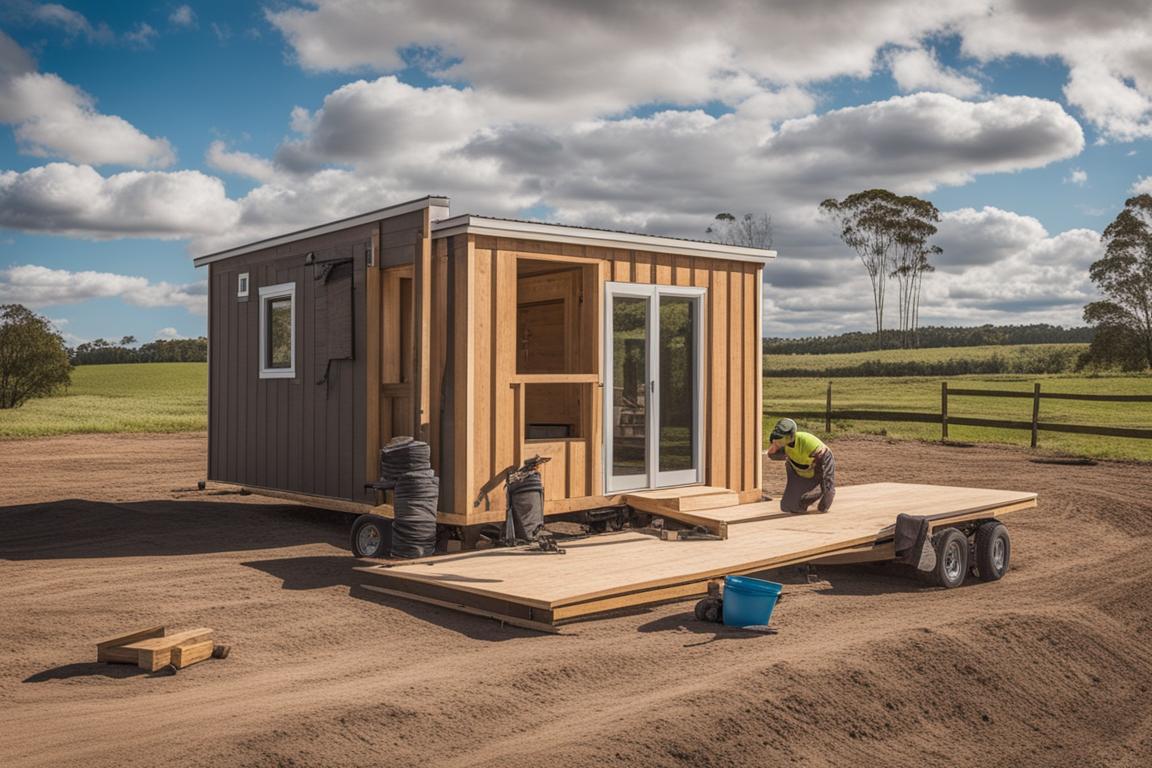
Prepare the Land
Preparing the land for a tiny house involves several essential steps to ensure a stable and safe foundation for your dwelling. Tasks such as leveling the ground, installing utilities, and creating a suitable anchoring system are key aspects of land preparation that should not be overlooked.
In conclusion, the process of placing a tiny house on land involves careful consideration of zoning laws, land selection, permit acquisition, and land preparation. By following these steps and guidelines, individuals can successfully create their own personalized tiny house living space that aligns with their values and lifestyle choices.
!
| Step | Description |
|---|---|
| Research Zoning Laws | Conduct thorough research on local zoning laws and regulations to understand where and how a tiny house can be placed on the property. |
| Find Suitable Land | Consider factors like accessibility, proximity to amenities, and availability of utilities when selecting land for the tiny house. |
| Obtain Permits | Secure necessary permits and approvals from local authorities to ensure compliance with regulations and safety for occupancy. |
| Prepare the Land | Level the ground, install utilities, and create a stable foundation for the tiny house to ensure safety and stability. |
| Build or Install the Tiny House | Follow a construction plan, comply with building codes, and coordinate inspections to build or install the tiny house on the property. |
| Establish Utility Connections | Connect water, electricity, and sewage systems to the tiny house to provide essential amenities for comfortable living conditions. |
Common Questions
Who should I contact to learn about zoning laws for placing a tiny house on land?
Contact your local planning or zoning department for information on specific regulations and requirements.
What factors should I consider before putting a tiny house on land?
Consider zoning laws, access to utilities, land size, environmental impact, and any covenants or restrictions.
How can I ensure my tiny house is securely placed on the land?
Use proper foundation options like concrete blocks or skids and consider anchoring systems to secure the tiny house in place.
What should I do if neighbors object to having a tiny house on my land?
Communicate openly with your neighbors, address their concerns, and try to find a compromise or solution that works for everyone.
With over a decade of experience in real estate development and land use planning, our author is a seasoned expert in navigating zoning laws and regulations. Holding a Master’s degree in Urban Planning from a prestigious university, they have conducted extensive research on the impact of tiny houses on property values and communities. Their work has been published in leading journals such as the Journal of Urban Planning and Development and the Journal of Real Estate Research. Additionally, the author has firsthand experience in overcoming zoning challenges when it comes to placing tiny houses on land, making their insights invaluable for landowners looking to embark on a similar journey. By combining academic expertise with practical knowledge, the author provides readers with a comprehensive guide to successfully navigating the complexities of zoning laws and regulations when it comes to tiny house placement.





